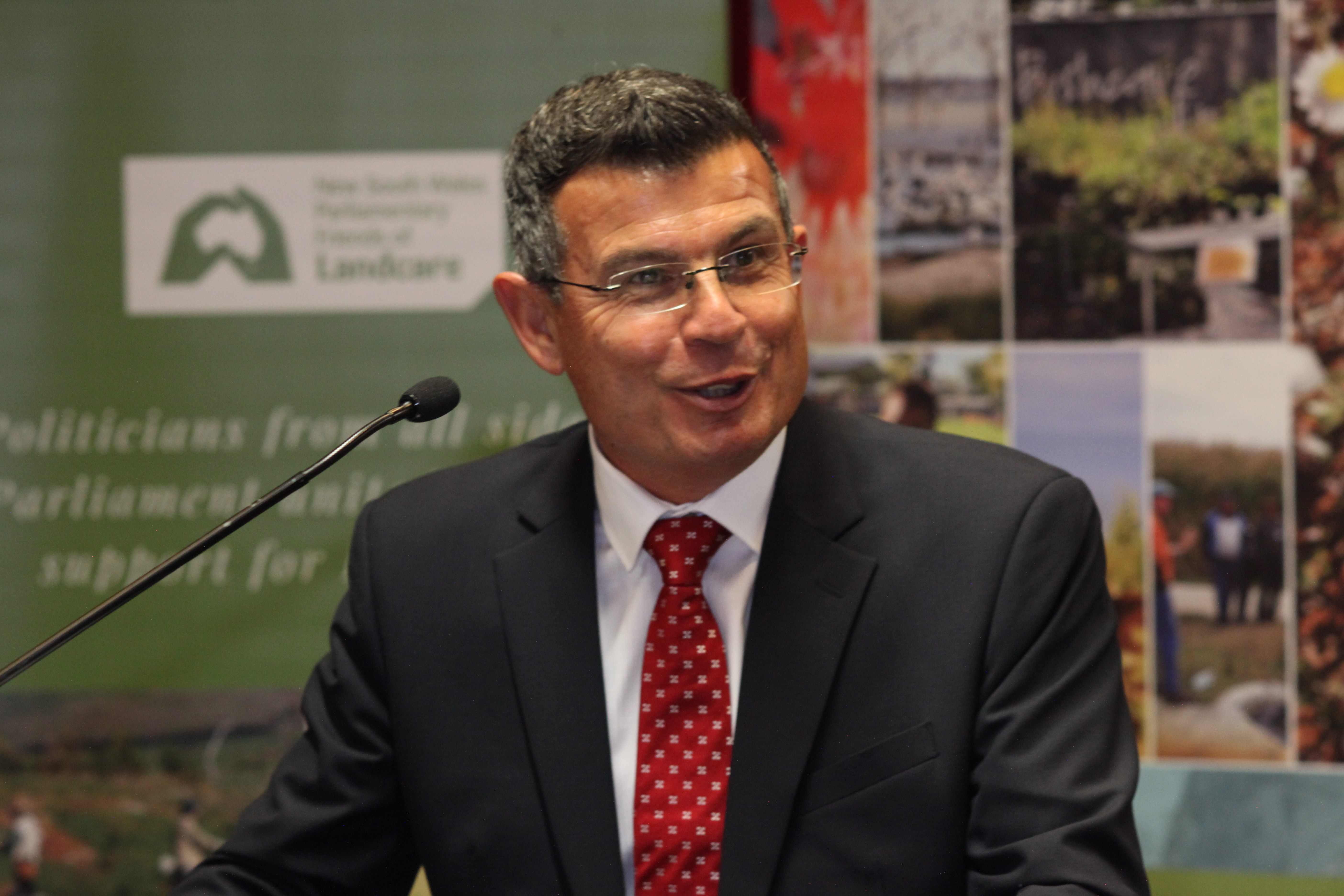 While Australia grapples with the COVID-19 pandemic which poses an acute threat to our wellbeing and way of life, climate change and its many manifestations remains a serious and chronic threat to life as we know it.
While Australia grapples with the COVID-19 pandemic which poses an acute threat to our wellbeing and way of life, climate change and its many manifestations remains a serious and chronic threat to life as we know it.
Unpredictable and devastating shifts in our weather patterns are creating havoc in the bush, with devastating impacts such as prolonged and severe drought and widespread bushfires, like the unprecedented events we witnessed last summer.
The cost of these natural disasters to our communities, our economy and our environment is incalculable. Is this the new normal given that an ever-increasing human population may be pushing the limits of our planet’s natural systems? If so, how do we as a society best respond to these challenges to be prepared to respond, recover and build resilience to future natural disasters?
Government cannot solve such complex and large-scale natural calamities alone. As we are seeing with the response to the COVID-19 pandemic, it needs to partner and work together with communities to be able to prioritise, and get support for, on-ground action that delivers real outcomes.
This also applies to other common natural disasters in Australia, such as drought and bushfires. Indeed, the federal government’s National Strategy for Disaster Resilience- Community Engagement Framework (2013) recognises that emergency management is a shared responsibility for all of society.
By working directly with communities, governments can provide a sense of hope, build community resilience and increase preparedness for the next drought, bushfire or pandemic.
By working with and through community-led charity organisations, government can leverage its investment by tapping into an army of volunteers, as well as their social capital and the intimate knowledge and expertise of their local landscape for lasting and effective solutions.
Landcare, both at a state and federal level, can provide these benefits to government. Today, in NSW alone, there are tens of thousands of Landcarers aggregated in thousands of groups. Not only are they passionate and highly knowledgeable on matters pertaining to environmental protection and agricultural systems, they also deliver enormous value to NSW. A recent study indicated that Landcare in NSW delivers more than $500 million a year in value, a massive return on investment.
Landcare’s ability to punch way above its weight hinges on its massive network and social capital that connects people at the local, district, regional, state and national scale. This unique combination is one of Landcare’s secret sauces – the other is its people’s intimate knowledge of their local communities, farms and landscapes, essential ingredients to finding solutions tailored for local needs.
Landcarers live and work in local communities and are part of the social fabric: for example, they volunteer with the Rural Fire Service and other community organisations, many of whom are on the front line of natural disaster management.
They are farmers and landholders dealing with prolonged drought, business owners dealing with difficult economic conditions; above all they are local citizens committed to making a difference.
NSW Landcarers have been heavily involved in emergency responses, recovery and resilience-building work for many years and have delivered great value to their communities in this area.
Landcare’s activities are many and varied. For example, Landcare is a critical source and channel of communication to communities; Landcare supports farmers with government funded relief programs, raises awareness with their local communities of Rural Support Services Network, and organises social events, get-togethers and workshops to help communities cope with the stress.
Landcare organises educational programs and workshops to help raise awareness and best-practice in relation to natural disasters and building community resilience. Furthermore, Landcare undertakes on-ground projects related to natural disaster recovery and preparedness and leverages government funding to attract additional funding from corporates, philanthropy and local government for local projects.
Landcare wants to do more, much more, and it is ready.
Given what Landcare does, and considering the enormous benefits that Landcare has so consistently delivered these past 30 years, why would government not choose to partner with Landcare as a delivery vehicle for its natural disaster response, recovery and resilience-building programs?